NASA is sponsoring a project by the name of Hawaii Space Exploration Analog and Simulation (Hi-Seas) that is aimed at finding out how a crew on Mars will cope with the new environment. They have completed 2 missions out of a total of 4 with the 3rd mission that just started with a total duration of 8 months.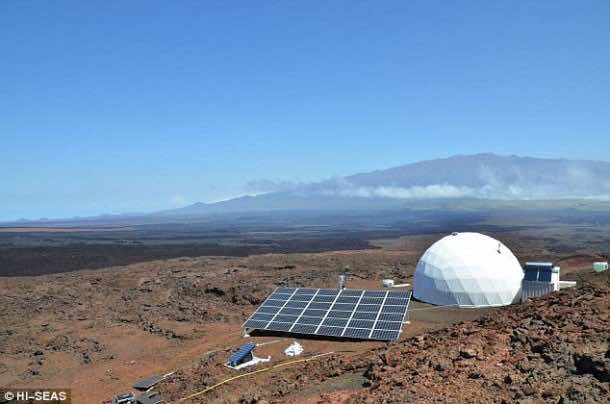
This last project involves a crew of 6 members living in a large dome at a remote region of Hawaii, Mauna Loa. The exterior has solar panels on it, which are responsible for powering this habitat that has been shaped like a dome. For making the crew members feel comfortable and to prevent claustrophobia, the ceilings are high and in case the crew member forgot or damaged any tool, a 3D printer has been added.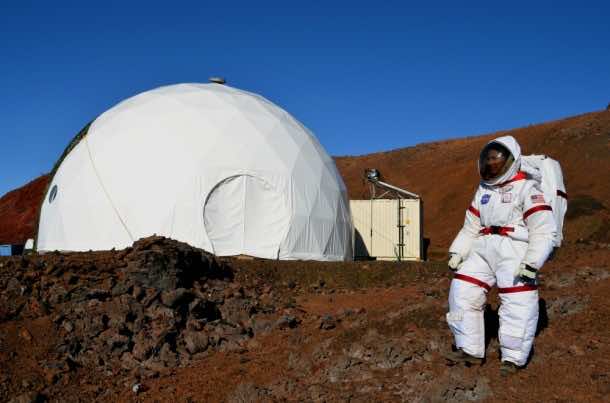
The dome is 11 meters wide and has a living area worth 93 sq. meters. The project requires for the crew members to spend the entire trip staying inside the dome. If they need to move outside, the crew members have to suit up in their spacesuits similar to how future astronauts shall be required to do on Mars. The dome has been tiered in 2 floors while the crew members maintain their fitness by following a routine (P90X usually).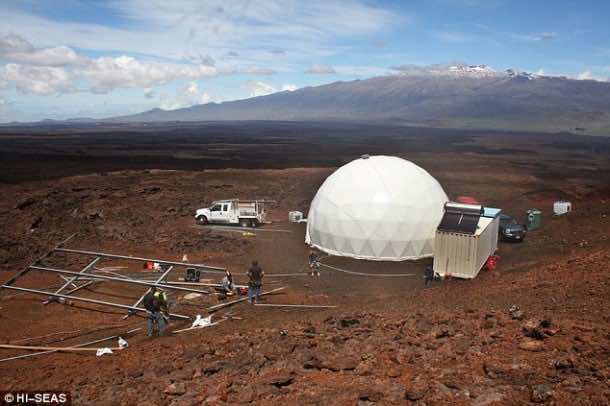
The delay that the crew member will experience once they are on Mars was simulated by conducting a 24-minute delay in all communications back ‘home’. The rooms have been designed like a six ‘pie-slice-shaped staterooms’ that have a mattress, stool and a desk. Backup power is provided by a hydrogen fuel cell.
NASA granted $1.2 million to the Hi-Seas Program earlier this year to allow for continued research on human factors that may rise and shall have to be tackled by the future crew on Mars. The first two missions that were carried out were of 4 months each. The last mission shall begin in August 2015.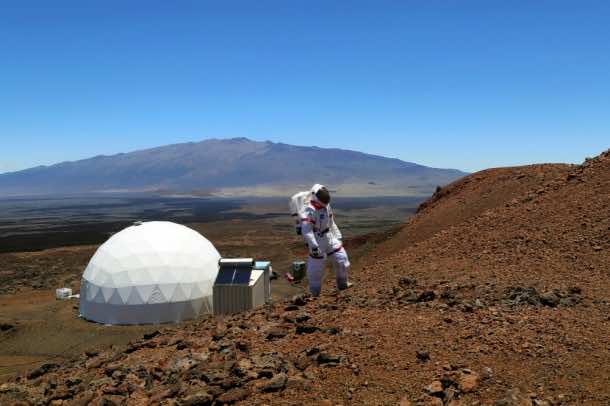
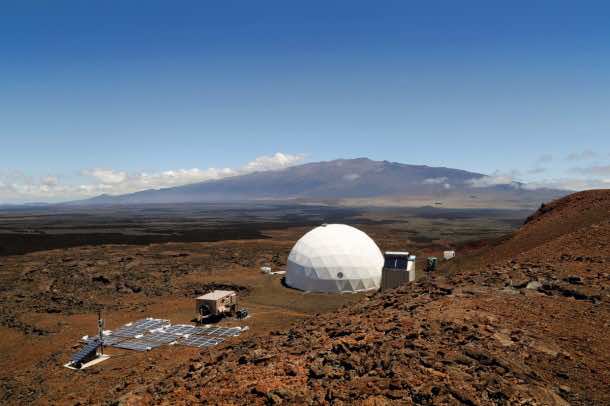
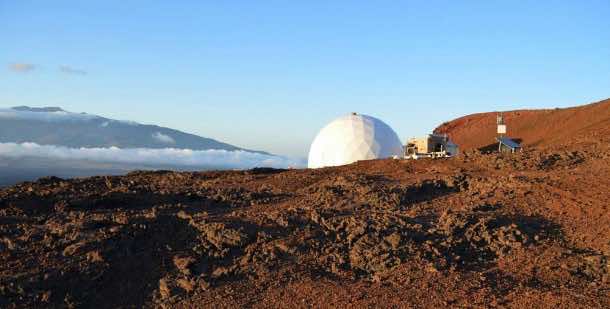
The research team is busy monitoring and understanding how the crew copes with different situations in the habitat. According to the team, the information learned shall prove crucial in the future when missions shall be sent to Mars (expected to happen in 2030s). How cool is that!


